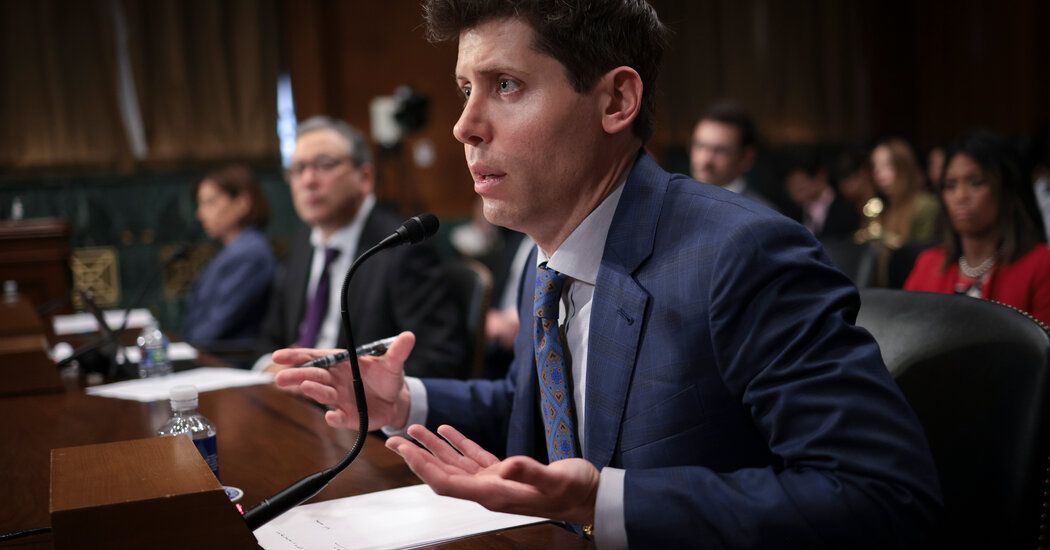The Optimist’s Guide to Artificial Intelligence and Work
A.I. can complement human labor rather than replace it. Plenty of companies use A.I. to automate call centers, for instance. But a Fortune 500 company that provides business software has instead used a tool like ChatGPT to give its workers live suggestions for how to respond to customers. Brynjolfsson and his co-authors of a study compared the call center employees who used the tool to those who didn’t. They found that the tool boosted productivity by 14 percent on average, with most of the gains made by low-skilled workers. Customer sentiment was also higher and employee turnover lower in the group that used the tool.
David Autor, a professor of economics at the Massachusetts Institute of Technology, said that A.I. could potentially be used to deliver “expertise on tap” in jobs like health care delivery, software development, law, and skilled repair. “That offers an opportunity to enable more workers to do valuable work that relies on some of that expertise,” he said.
Workers can focus on different tasks. As A.T.M.s automated the tasks of dispensing cash and taking deposits, the number of bank tellers increased, according to an analysis by James Bessen, a researcher at the Boston University School of Law. This was partly because while bank branches required fewer workers, they became cheaper to open — and banks opened more of them. But banks also changed the job description. After A.T.M.s, tellers focused less on counting cash and more on building relationships with customers, to whom they sold products like credit cards. Few jobs can be completely automated by generative A.I. But using an A.I. tool for some tasks may free up workers to expand their work on tasks that can’t be automated.
New technology can lead to new jobs. Farming employed nearly 42 percent of the work force in 1900, but because of automation and advances in technology, it accounted for just 2 percent by 2000. The huge reduction in farming jobs didn’t result in widespread unemployment. Instead, technology created a lot of new jobs. A farmer in the early 20th century would not have imagined computer coding, genetic engineering or trucking. In an analysis that used census data, Autor and his co-authors found that 60 percent of current occupational specialties did not exist 80 years ago.
Of course, there’s no guarantee that workers will be qualified for new jobs, or that they’ll be good jobs. And none of this just happens, said Daron Acemoglu, an economics professor at M.I.T. and a co-author of “Power and Progress: Our 1,000-Year Struggle Over Technology & Prosperity.”
Source: The New York Times


